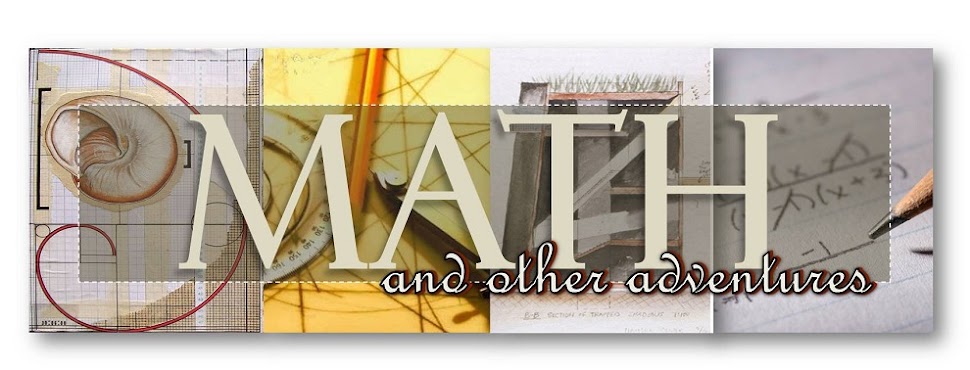You are voyaging with Captian R. Walton in the Arctic in the good ship, hoping to find a important discovery to make you be remembered and go down in history. Ah, the glory! Then something very peculiar happens: you sight a huge man in a carriage on the ice. Who could it be?
You have just seen the monster of Frankenstein, the "villain" of Mary Shelley's book. In it, a college student finds out how to give life to the inanimate. But things take a turn for the worse when his creation becomes evil...
This book is interesting, as we see how all the circumstances culminate. However, it's very sad, especially at the end. The book is very different from the popular notion of Frankenstein ( for instance, lightning is never actually mentioned as being used in the life-giving process.) The book goes into detail in just the right amount, without being either under- or over-informative (in contrast to Moby Dick).
The book started as a idea of Lord Byron's that he and his next-door neighbors and fellow writers Percy Bysshe Shelley and Mary Wollstonecraft Godwin, who was under 19, should all write horror stories. Mary was the only person to fulfill the idea, writing Frankenstein.
The book is suitable for all ages, but may upset younger children.
I hope you enjoy Frankenstein.
